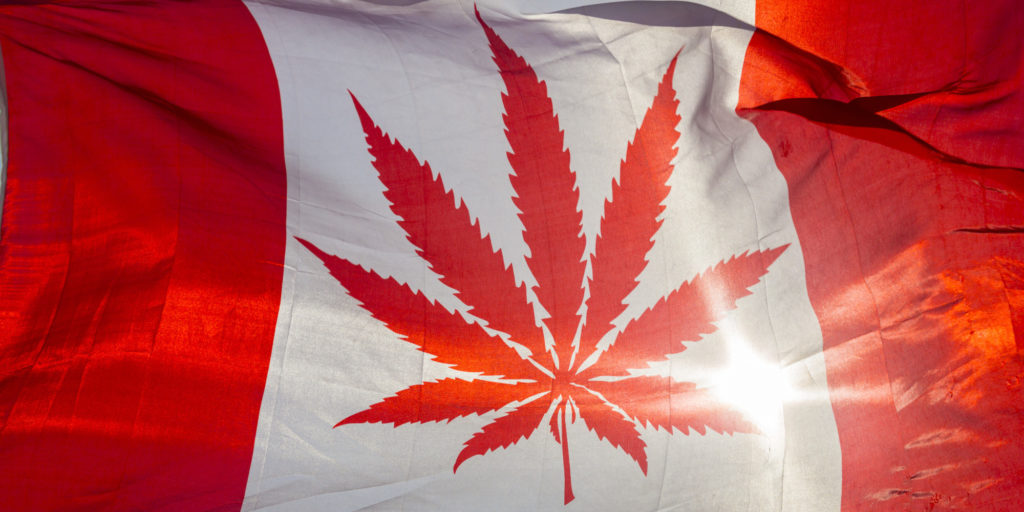
There will, of course, be “cost recovery”, although that doesn’t include health care cost increases – psychiatric and physical – which will be borne mainly by non-imbibing tax-payers.
I strongly suspect “organized crime” mentioned here will be rubbing its collective hands in glee since its unregulated prices will ensure a continuing or, more likely, increased stream of customers as dope addiction tightens its grip on a growing number of witless Canadians.
OTTAWA, Oct. 5, 2018 /CNW/ – The Cannabis Act will come into force on October 17, 2018. The Act aims to keep cannabis out of the hands of Canadian youth and the profits away from criminals and organized crime.
[……]
- In the Fall Economic Statement 2017, the Government announced $546 million over five years to ensure appropriate capacity to license, inspect and enforce all aspects of the Cannabis Act and to undertake robust public education and awareness activities.
- The cost-recovery approach is guided by the principle that fees should allow for both larger and smaller players in a diverse market. Through this approach, Health Canada will collect no more than the cost of delivering the regulatory program.
- Cost recovery for the regulation of cannabis includes four fees:
- Application screening fee: recovers the costs associated with screening new licence applications ($3,277 for standard licence applicants and $1,638 for micro and nursery licence applicants);
- Security clearance fee: recovers the costs associated with screening, processing, and issuing or refusing security clearances ($1,654);
- Import/export permit fee: recovers the costs associated with screening, processing, and issuing or refusing to issue an import or export permit for medical or scientific purposes ($610); and,
- Annual regulatory fee: recovers the aggregate costs of administering the cannabis regulatory program that are not covered under any of the other fees (2.3% of cannabis revenue for standard licence holders, or $23,000 if cannabis revenue is less than $1 million, and 1% on the first $1 million of cannabis revenue for micro and nursery licence holders or $2,500 in cases where cannabis revenue is less than $250,000).
- Licence holders who produce cannabis exclusively for medical purposes are exempt from the annual regulatory fee.


